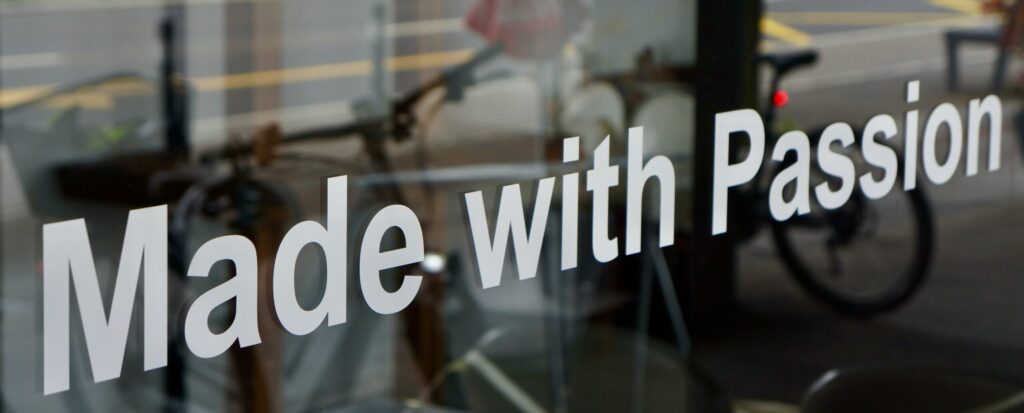Tips for managing and integrating graphics when your event features multiple themes or sub-events
Managing graphics for an event with multiple themes can be a complex challenge. When an event features various themes or sub-events, ensuring that all visual elements are cohesive yet distinct requires strategic planning and thoughtful design. This guide provides key tips on handling graphics effectively for multi-themed events, helping you create a seamless and engaging visual experience.
1. Define and Understand Each Theme
Clarify Themes: Begin by clearly defining each theme or sub-event within your larger event. Understanding the purpose, audience, and key elements of each theme will help you design graphics that are both relevant and impactful.
Create a Theme Breakdown: Develop a detailed breakdown of each theme, including color schemes, key messages, and visual motifs. This will guide your design choices and ensure consistency across various graphical elements.
2. Establish a Cohesive Visual Strategy
Unified Design Language: While each theme may have distinct visual characteristics, establish a unified design language that ties all themes together. This could include consistent use of fonts, logo placements, or design elements that provide a cohesive look.
Color Coordination: Select a palette that accommodates the different themes while maintaining harmony. Consider using a primary color scheme for overarching event branding and secondary colors for individual themes to ensure visual coherence.
Graphic Elements: Incorporate recurring graphic elements or patterns that can be adapted to fit different themes. This will help maintain a sense of continuity while allowing each theme to stand out.
3. Prioritize Functional and Aesthetic Consistency
Design Templates: Create reusable templates for different types of graphics (banners, signage, digital displays) that can be customized for each theme. This approach ensures consistency in format while allowing flexibility in design.
Visual Hierarchy: Ensure that each theme’s graphics have a clear visual hierarchy. Key information should be easily identifiable, and thematic elements should be prominent without overshadowing other themes.
Consistent Branding: Maintain your event’s overall branding throughout all graphics. Even with multiple themes, ensure that your event’s logo and branding elements are prominently featured to reinforce your event’s identity.
4. Adapt Graphics for Different Mediums
Print and Digital Integration: Adapt your graphics for various mediums, including print materials, digital screens, and social media. Ensure that the visual elements are optimized for each platform while maintaining consistency across all channels.
Venue-Specific Considerations: Different venues may require specific graphic sizes or formats. Customize your graphics to fit venue requirements, and ensure that all designs are tested and adjusted for optimal visibility and impact.
Interactive Elements: For events with multiple themes, consider incorporating interactive graphics or digital elements that allow attendees to explore different themes. This can enhance engagement and provide a dynamic experience.
5. Coordinate with Your Team
Design Collaboration: Work closely with your design team to ensure that all graphics align with the event’s overall vision. Regular meetings and updates can help address any discrepancies and maintain a cohesive design approach.
Feedback Loop: Establish a feedback loop with key stakeholders to gather input and make necessary adjustments. This ensures that the graphics meet the needs of each theme and contribute effectively to the event’s success.
Project Management: Use project management tools to track the progress of graphic design and integration. This helps manage deadlines, coordinate with different teams, and ensure timely delivery of all graphic elements.
6. Test and Review Graphics
Proofing: Review all graphics thoroughly before finalizing them. Conduct proofing sessions to ensure that colors, text, and images appear correctly across different mediums and formats.
Dry Runs: If possible, conduct a dry run or mock-up of the graphics in the event space. This allows you to assess how the graphics look in the actual venue and make any last-minute adjustments.
Feedback Collection: Gather feedback from a small group of stakeholders or attendees to assess the effectiveness of the graphics. Use this feedback to make any final improvements and ensure that the graphics resonate with your audience.
Conclusion
Handling graphics for events with multiple themes requires careful planning and strategic design to ensure that each theme is represented effectively while maintaining overall cohesion. By defining themes clearly, establishing a unified visual strategy, and coordinating with your team, you can create a visually engaging and cohesive event experience.
EventGraphics is here to support you in managing and integrating graphics for multi-themed events. With our expertise, we can help you achieve a seamless and impactful visual presentation that enhances your event’s success. Contact us today to learn more about how we can assist with your event graphics needs.
EventGraphics – The Event Graphic Specialists always delivers exceptional results tailored to your specific requirements. Let’s make your next event unforgettable with outstanding graphics!

